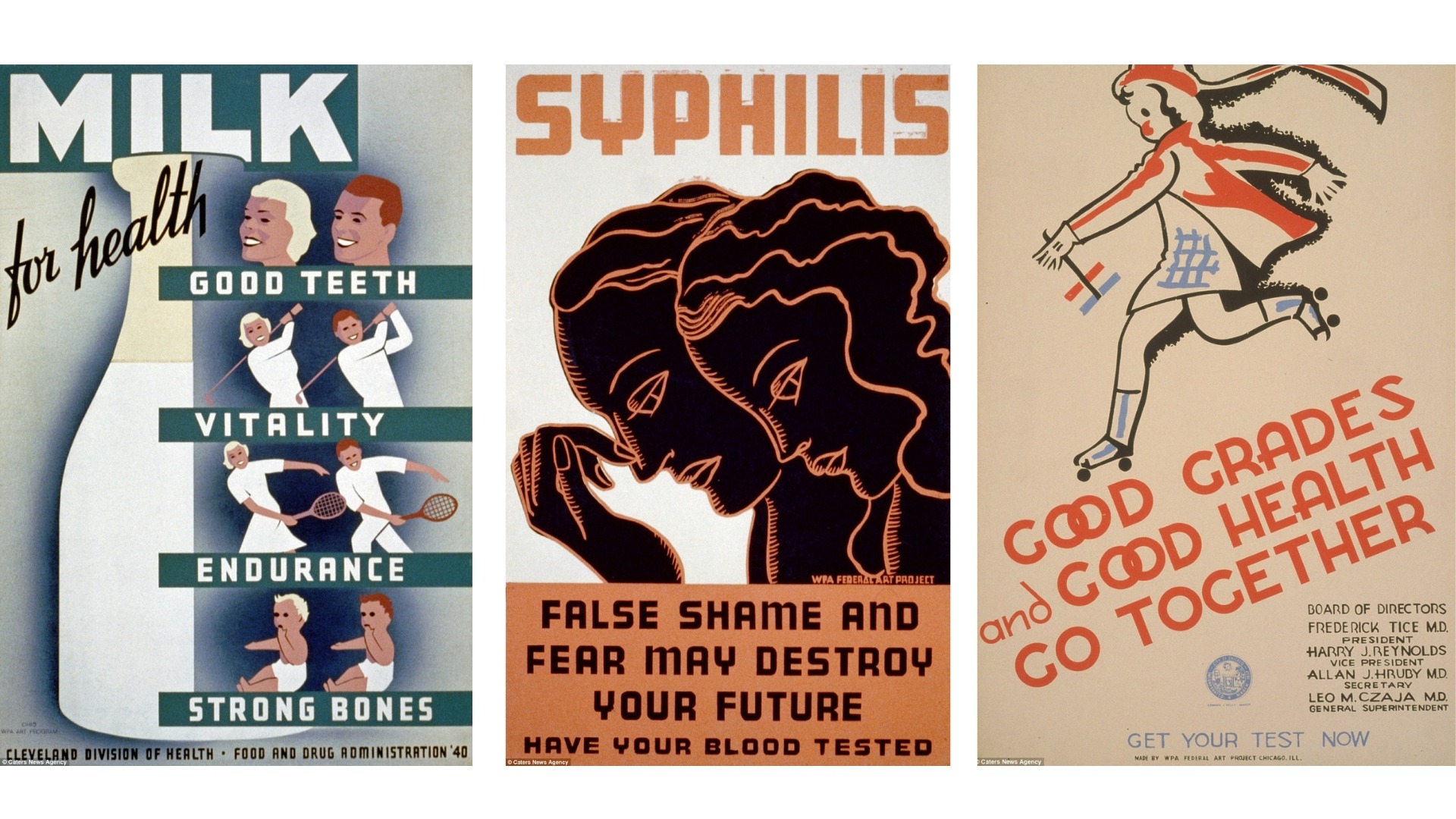The UK Government recently announced its ‘Women’s Health Strategy’ consultation, which is seeking to collect views on women’s health over a 12-week period to help inform development of this strategy. This is the first government-led initiative of its kind in England, providing a platform for women to collectively share their healthcare experiences. The resulting strategy seeks to close the gender health gap, but what is this gap?
The ‘gender health gap’
For generations many women have been disadvantaged by the gender health gap, which explains the difference between the healthcare that men and women receive. With limited understanding about female-specific conditions as well as how non-gender specific conditions affect women, they are more likely to receive inadequate healthcare.
Whilst being a huge concern, this shouldn’t come as much of a surprise. Health Secretary, Matt Hancock reminds us, in his ministerial foreword published as part of the open consultation on 8 March 2021, that the healthcare system is “designed by men, for men”. This goes back centuries to when anatomy was first studied using male bodies as the universal model. This ‘one size fits all approach’ to health care and medical training has resulted in unconscious biases, as healthcare professionals (HCPs) often rely on pattern recognition when providing medical advice. At present there is also still a lack of research into female conditions with less than 2.5% of publicly funded research dedicated solely to reproductive health, despite it affecting 1 in 3 women in the UK.
Researchers at the University of Leeds estimate that more than 8000 women in the UK have died of a heart attack over a 10-year period due to inferior care relative to men, and that women are more than 50% more likely than men to be misdiagnosed. Poor understanding of endometriosis also leads to an average diagnostic delay of 6.7 years. The BBC also reports a tendency for society to attribute women’s physical complaints to mental illness, which has its roots in history of women being considered more prone to ‘hysteria’.
With that being said, the gender health gap isn’t a blame game. With significant pressure on the NHS, and HCPs often overwhelmed, it’s not a surprise that they do not always look beyond what has been taught as standard practice. However, the issue isn’t that women aren’t communicating their health issues effectively. But rather, the healthcare system has, historically, not been best placed to acknowledge and understand these issues, resulting in the inequality that data demonstrates today.
Bridging the gap with communication
The strategy is a great way to begin effective communication, rather than acting blindly. It invites many narratives which is important as no one experience is the same, especially in the context of socioeconomic status and race. For example, shockingly, black women are four times and women of Asian ethnicity two times more likely to die in pregnancy or childbirth than white women. The call out also offers the opportunity to talk about traditionally ‘taboo’ topics such as endometriosis and menopause, which have often been left out of the conversation.
Overall, the platform should be celebrated for bringing women together and listening to those directly affected. However, this will only be effective if the evidence is used to bring about change in practice.
Have your say today!
By Nicki B.

